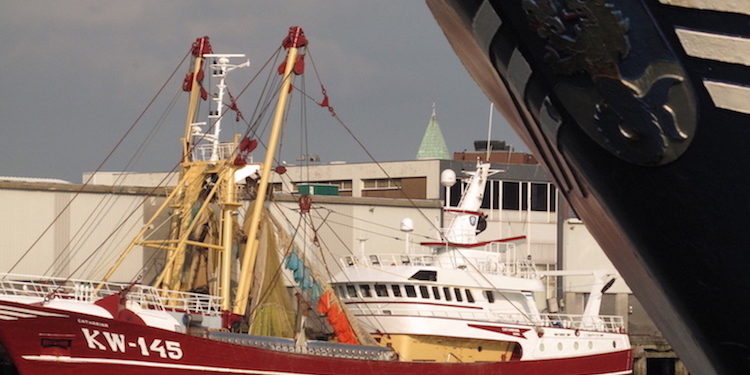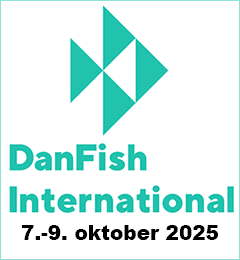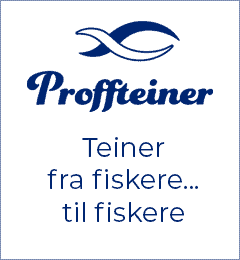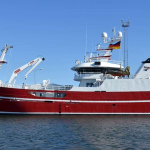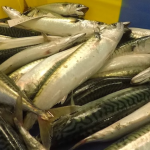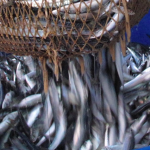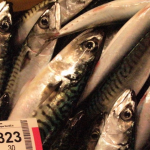Dutch and English fishermen’s organisations have struck a voluntary deal on three areas of the North Sea to be kept free of pulse fishing. One zone is off Ramsgate and two are off the English east coast off Lowestoft, and the agreement is in force as of today (15th January) and each zone also has temporal limits.
The agreement was brokered by Visned in Holland and the National Federation of Fishermen’s Organisations on the UK side. The details were discussed at a meeting in late December, also bringing in Dutch associations PO Delta Zuid and the Dutch Fishermen’s Association, to propose spatial and temporal closures following strong concerns expressed in by English East Coast inshore fishermen over the impact on their fisheries of Dutch vessels using pulse gear as an alternative to conventional beam trawling.
At an early stage it was agreed that the NFFO would make a proposal for a voluntary agreement that Dutch fishermen would avoid using pulse gear in three designated areas. The fishermen present were of the view that these closed areas could be of assistance in reducing tensions, while the collection of definitive evidence on the wider questions surrounding pulse fishing is completed.
The decision was to close the area off Ramsgate from the twelve mile limit as far as 1°50’E, as well as the East Lowestoft area from October to the end of May and the Welland area from February to the end of May, with discussions still taking place on the full extent of the boundaries and timing of the East Lowestoft area.
Fishermen from the Orford region also took part in the discussions, although no decision was made on an area closed to pulse fishing for this area.
‘The view of local fishermen is that the arrival of pulse fishing coincided with a dramatic observed decline in the availability of commercial species locally,’ the NFFO states.
‘Although the marine environment is a dynamic system with a range of interacting factors in play, locally there is little doubt that the intensity of pulse fishing offshore has been a direct causal factor in the serious decline in the local fisheries. As the pulse fishery takes place offshore, outside the twelve mile limit, voluntary closed areas would not address the central issue facing inshore fishermen operating mainly within the twelve mile limit. We have not therefore made a proposal for this area.’
‘We recognise that pulse fishing is new and controversial and has led to changes in the spatial distribution and intensity of fishing in some areas,’ said Pim Visser of VisNed.
‘An enormous amount of scientific work has been undertaken and is being undertaken, to measure the effects of pulse fishing. We also acknowledge the concerns of fishermen on the English side, although in my own view much of what has been said is wildly alarmist.’
‘While these scientific studies are being undertaken, and as a goodwill gesture, we met with the inshore fishermen from Ramsgate, the Thames Estuary, Orford and Lowestoft in London. It was a very constructive meeting and the English fishermen put forward a number of concrete proposals. The result is we are prepared to accept the closed areas suggested by the fishermen,’ he said.
NFFO chief executive Barrie Deas commented that the concerns of the English coastal fishermen are that pulse fishing has ecosystem impacts and there are serious concerns over the increased number of large vessels using this method in UK waters, while decreased catches in inshore zones have coincided with the rise of pulse trawling.
‘It seemed worthwhile to see if a voluntary agreement could be reached quickly, with the people most affected in the room, to ensure that the closed areas are in the right place and at the right time,’ he said.
‘The Dutch fishermen have responded positively so we have taken a small step forward. I think that it is important not to oversell this agreement. I hope that will help, but it is without prejudice to any Government policies that might be adopted in the future on the basis of scientific advice.’
It was noted at the meeting that as pulse fishing has opened up previously inaccessible areas of soft ground to beam trawlers, there has been a significant shift in fishing effort towards the south and west of the North Sea – taking this fishing effort to the Greater Thames area.
‘It is therefore a moot point whether the changes in the stock abundance in local fisheries are the consequences of using electricity to stimulate flatfish into the net (which awaits definitive scientific advice), the impact of a greater concentration of fishing effort into areas fished by or adjacent to those fished by English inshore fishermen (which might be mitigated by voluntary spatial agreement), or derived from other factors within the dynamic marine environment.’

